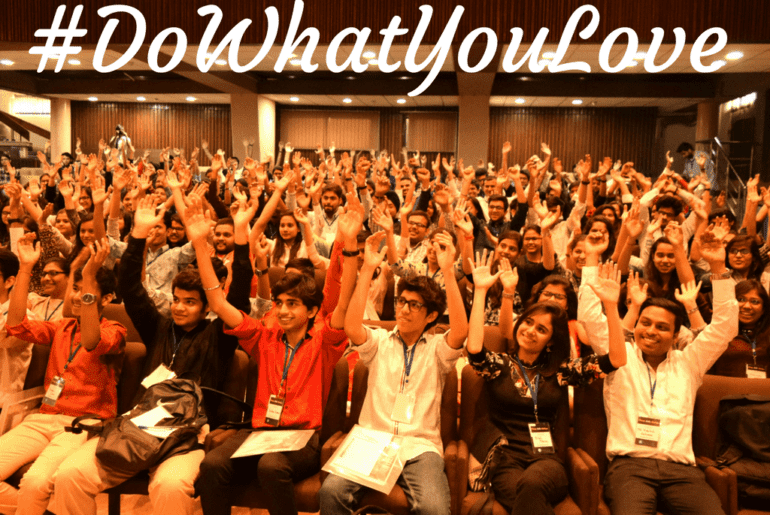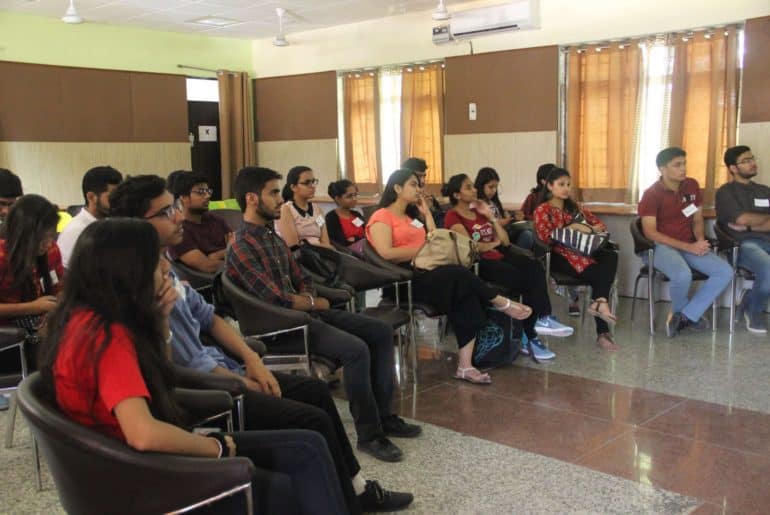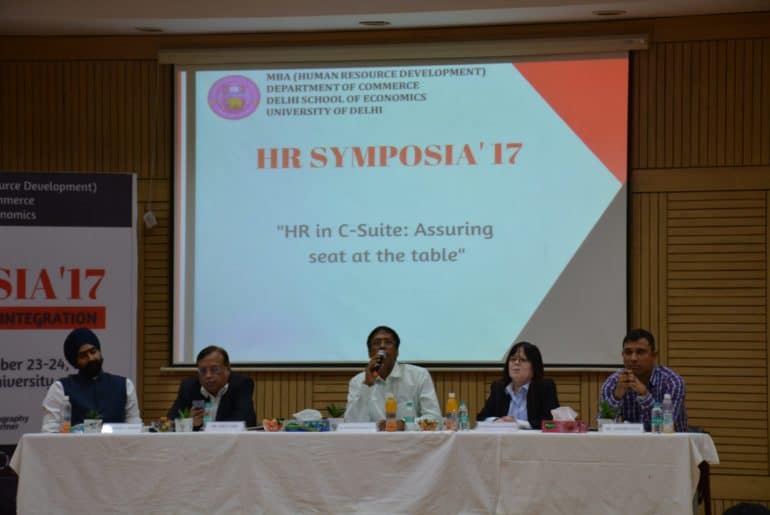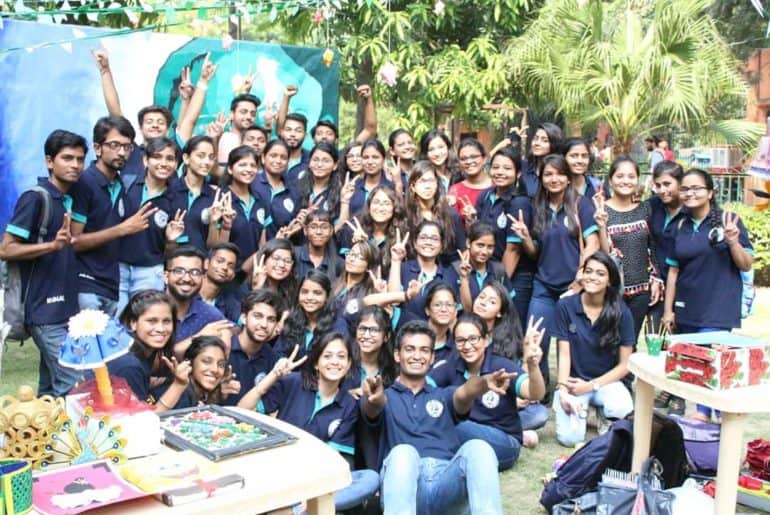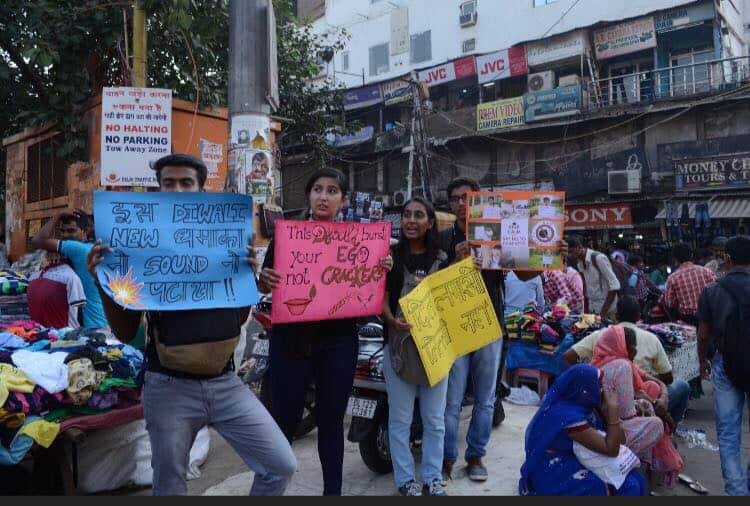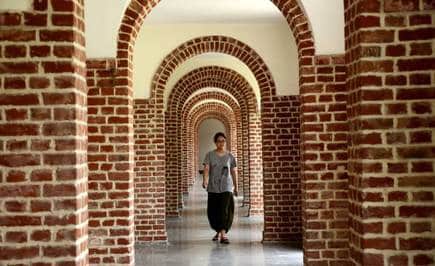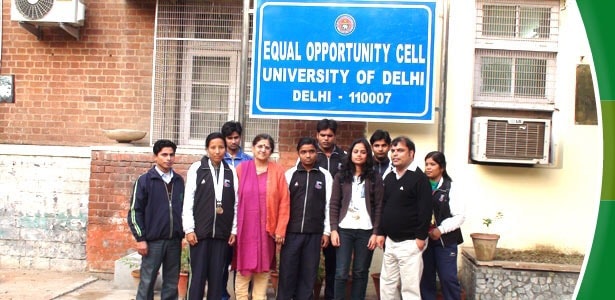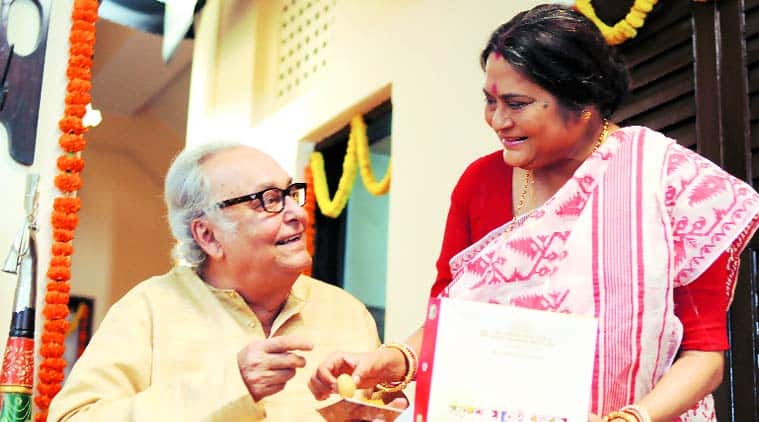Human Circle, a community of students, professionals and entrepreneurs from different backgrounds, educational fields, and goals will be organising the 9th edition of Young India Challenge (YIC) on the 28th and 29th of October, 2017 in Mumbai. The tagline – #DoWhatYouLove – is an indication of the event’s proceedings. The challenge will be aimed at helping young people in finding their passion in life and connecting it with the United Nations Sustainable Development Goals.
Here’s a highlight of an interview with Kamal Seth– the Founder and Chief Happiness Officer of Human Circle and the creator of Young India Challenge. Kamal explains the ‘Why’ ‘What’ and ‘How’ of the organisation and the #DoWhatYouLove movement which has spread to more than a million people already.
Why?
The idea for the #DoWhatYouLove movement took shape in my head during my college years in 2005-08 at DU. I noticed that a lot of my friends were studying what they were not because they were passionate about those subjects but mainly because they cleared the cut-offs. This also meant that after their graduation, they did a job or an MBA to get a good salary and not because they would enjoy what they would do.
Before founding Human Circle, I worked as a recruiter for large organisations like Nestle, Philips, Awesomeness Fest, AIESEC etc and ended up doing 2000+ interviews in approximately 8-10 years. The pattern was very disturbing for me: to interact with people from across different age groups and realise that they were doing something that they didn’t love. In many cases, they were unproductive, unhappy and not content with their career and life in general. In 2014, we found Human Circle to ‘connect enlightened minds’ and drive the #DoWhatYouLove movement.
What?
In 2014, when we opened applications for the first YIC at IIT Delhi, we surprisingly got 700+ applications within 2 months. We were curious to know what made so many people apply. When we asked the same during the interviews, they shared with us that, YIC’s theme of #DoWhatYouLove connected with them at a deeper level. They wanted to experience something that no other event was offering in Delhi at that point of time.
The biggest challenge we faced during the event was that the room which we booked to start the first session, was occupied by a Professor, who apparently was not informed about YIC. We gathered the 100 delegates of the first ever YIC in the lawns and started the first workshop ‘Turn Your Passion into a Career’ there itself. After 3 hours, we finally got another room to continue the event. This experience made us even more determined to never give up. But the support from the delegates was amazing. They did not complain at all and fully participated in the session, even though it was done without any projector, mikes etc. Since then we have never looked back.
How?
So far, close to 1500 people have attended the 8 YICs that we have organised. Seven in Delhi and one in Mumbai. We are self-funded and therefore have limited resources to invest in building a sophisticated online system to connect people. It is a challenge to keep a track of each and everyone’s experience but many of them stay connected through our online group on Facebook and Whatsapp and physical meet-ups that we have started organising recently. The YIC alumni often share with us how YIC was kind of a push they needed to finally do something about what they love doing. Many have started new societies in their colleges, start-ups, clubs, and projects or went back to a passion area that they had left behind due to academic, parental or other pressures.
Many alumni continue to get guidance by us, our mentors and life coaches. Many pursue their career in the organisation of our mentors, speakers and eco-system partners. We offer recommendation letters to the most deserving candidates and this helps them in receiving admissions and/or scholarships to pursue their higher studies/jobs. More than 150 individuals have also gone through the ‘Happiness Team’ program of Human Circle, where they work as interns and volunteers for the #DoWhatYouLove movement.
It is true that we don’t focus on big brands and names for our programs and events. It’s not that we have a policy to not work with big brands, but we are selective in our choice. For example, in the past, we have invited speakers and mentors from companies like Microsoft, Facebook, Hindustan Unilever, KPMG, Techstars etc. but they came in an individual capacity. YIC is a not for profit, self-sustainable initiative and we want to keep it this way to stay focused on our mission of engaging the young people of India with the #DoWhatYouLove movement. Delegates pay a basic fee which helps us to keep it going. Any surplus that we make gets invested in building our organisational capacity and investing in new cities where YIC should be organised.
By the end of 2017, we would have connected at least 2 million people with the #DoWhatYouLove movement one way or another.
If you also want to have an impactful career of your choice, you can apply for the 9th YIC here – www.youngindiachallenge.com

